While they’re both great smartphones, the iPhone 13 Pro massively impresses, but we’re underwhelmed with the improvements Apple made year-over-year to the larger iPhone 13 Pro Max.
We have on-hand the iPhone 13 Pro in Sierra Blue as well as the iPhone 13 Pro Max in Graphite. Our iPhone 13 Pro — the one we use every day — is a 512GB version. This year, Apple has upgraded its storage capacities to include a new 1TB option for the first time.
A familiar design
The design here hasn’t changed. As it usually does the year after an iPhone enclosure redesign, it essentially borrows its physical appearance from the iPhone 12.
The 2021 iPhone lineup across the board has the same stainless steel body sandwiched between ultra-strong glass. The back glass is frosted, unlike the base iPhone 13 and iPhone 13 mini that both have a glossy back.
Some buttons have shifted on the sides as Apple tinkered with the internal layout. The iPhone 13 Pro both have bigger batteries, as well as a reconfigured TrueDepth module. This has forced the side button, volume buttons, and mute toggle down just slightly.
They also happen to be a bit thicker, increasing by .01 inches. Weight has grown, thanks again bigger battery, from 189 grams to 204 grams on the iPhone 13 Pro and 228 grams to 240 grams on the iPhone 13 Pro Max.
The iPhone 12 Pro Max was already a heavy phone, and this has caused it to be borderline untenable for users. The new weight isn’t all that much of a difference, but for a phone this unwieldy, we’d have preferred to see the weight move in the opposite direction. For most people, it’s simply too big and heavy.
Graphite, silver, and gold have remained year-over-year, but Pacific Blue has been set out to sea and replaced by a new, lighter Sierra Blue. Apple is using a new process that it says involves “multiple layers of nanometer-scale metallic ceramics applied across the surface for a stunning and durable finish” for this new hue, and we like it.
It is certainly lighter than the Pacific Blue. Feedback suggested that users wanted Apple to go with more contrast in colors, and not just more pastels, but we’re fond of it. In 2022, it would be great to see Apple release a full matte black version, though.
The new display
Our only notable physical change on the iPhone 13 Pro and iPhone 13 Pro Max is that display. Apple has increased the brightness, reduced the notch, and introduced ProMotion to the iPhone lineup.
Brightness has increased from 800 nits typical brightness up to 1000 nits. For indoor use, this doesn’t mean that much.
But, if you’re outdoors a lot and find the sun too bright to see your phone screen, this will help. Just don’t expect a massive leap.
The notch is narrower, side to side, but “deeper” a bit. This is fine, but Apple hasn’t taken advantage of the new space in the operating system whatsoever, including still not showing the battery percentage on screen. The biggest benefit here is you get a tiny bit more photo or video space when you’re consuming media, and even then, that depends on the aspect ratio you’re looking at.
ProMotion is a worthwhile addition and needs to be experienced to get a full appreciation of the feature. We found it similar to watching HD and going back to SD as we put down the iPhone 13 Pro Max and picked up the older iPhone 12 Pro Max.
This technology that first debuted on the iPad, allows the screen refresh rate to intelligently ramp up to 120Hz when motion is necessary and slow back down when not being used to save battery life. Even though ProMotion is on the iPad Pros and can speed up to 120Hz, it can’t drop as low as it does for iPhone.
The new iPhone 13 Pros can go as low a 10Hz when higher refresh rates aren’t necessary, leading to even more battery savings.
Right now, it’s most noticeable in Safari and swiping between Home Screens. There are not yet a large number of third-party apps that support the feature — yet. Apple promises it will appear in more games, and will make changes to make it easier to implement soon.
The high refresh rate makes your phone feel more responsive to your touch and like you’re interacting with it. How much this matters, or is visible, to any given user varies.
If you can see the benefits, ProMotion looks phenomenal. It isn’t just us saying so — DisplayMate has bestowed the honor of “world’s best smartphone display” this year, and we believe it.
Between the iPhone 13 Pro and iPhone 13 Pro Max, we’re expecting phablet fans to buy a disproportionate number in the first month. Over time, though, as it has always been, the iPhone 13 Pro will be the far more popular choice. This reviewer has used both the iPhone 11 Pro Max and iPhone 12 Pro Max as daily drivers.
That ends with the iPhone 13 family. Apple has still not utilized the larger screen to its potential.
Max size, mini utilization
Apple has had ample chances to impress with its “plus” or “max” phones, yet the differences have been minimal.
Beyond battery life, with the iPhone 13 Pro Max, Apple has refused to bring any tangible advantage. There is much more Apple could do here.
Apple’s logic of not fitting more onto the display doesn’t track. If we look at the all-new iPad mini, Its widgets are smaller than those on the iPhone 13 Pro Max, despite the fact users hold the larger tablet farther from their faces.
When we see the tiny icons on the iPad mini dock and the smaller widgets that users can pack in, we want an option for that on the iPhone.
There are no split-screen apps, no more rows of icons on the Home Screen, no larger widgets, no bidirectional charger thanks to bigger battery life, and no extra row on the keyboard. There’s so much Apple could do here, yet it does nothing but scale everything up from the iPhone 13 Pro.
Now that the cameras are the same, we’ve finally decided against the max-sized iPhone and instead have moved to the iPhone 13 Pro and saved some cash simultaneously.
Once Apple starts to embrace the larger display and larger size, we’ll happily make the jump back.
Cameras, cameras, cameras
Both iPhone 13 Pro and iPhone 13 Pro Max are sporting the same trio of shooters this time around, removing the one feature that made the iPhone 13 Pro Max unique.
Each phone has a 1X wide angle lens, a .5X ultra-wide lens with a 120-degree field of view, and a 3X optical telephoto lens. They both still have the LiDAR Scanner, which aids in focus for low light as well as a myriad of AR tricks.
Pro-level quality
At this level, not all changes are easy to discern, nor are they super flashy by any means. But they make all the difference.
The camera bump grew a bit. Especially for iPhone 13 Pro, it is markedly larger than that of the iPhone 12 Pro.
Apple has now increased the sensor size on the most-used camera of the iPhone, the wide angle lens, coupled with a new wider aperture. This was a great camera before, but the improvements have already yielded improvements.
Any grain or noise in an image is a result of the hardware stack of the camera. While many co-related factors cause aberrations, they are typically due to the reduced amount of light that hits the sensor.
Given the same resolution, a smaller sensor has smaller detectors per pixel, seeing less light. A smaller aperture lets less light into the sensor itself. With less light coming in, the camera will have to switch to Night Mode or keep the shutter open longer, which can cause blur, grain, and other anomalies.
Between the larger sensor in the iPhone 13 Pro and the aperture increasing from f/1.6 to f/1.5, the camera will have to switch to Night Mode less often and result in less noise overall. This is precisely what we’ve seen in testing the two cameras. Times when the iPhone 12 Pro wanted to use Night Mode, iPhone 13 was just fine.
In 2021, both devices have the same lens and sensor camera setup. The iPhone 12 Pro and iPhone 12 Pro Max had different focal length tele lenses, but they’ve both been upgraded to 3X optical zoom this year.
That means digital zoom too has been increased up to 15X. You can zoom in more than ever, though it still isn’t worth it. At 15X digital zoom, we saw substantial noise in these photos, and it gets increasingly hard to keep the camera stable.
It’s still possible to do, and in well-lit environments, you can still produce solid photos, but as Apple has emphasized, most people don’t need a ton of zoom. If you do, get a digital SLR and appropriate lens, or pick one of the many tele snap-on lenses that we’ll see adapted to the iPhone 13 Pro very soon.
That tele lens zooms in closer for Portrait Mode photos than it has in the past. At times, we had to reevaluate whether to use the wide or tele cameras on specific images because the tele lens was just a bit too much now. At the same time, it also let us get some fantastic Portrait Mode shots that were a little too far away.
That all leads us to the massively upgraded ultra wide lens. Apple has widened the aperture, going from f/2.4 to a much faster f/1.8.
Apple’s shortcoming on the iPhone 12 line was the ultra wide. It created interestingly styled shots, but too much noise crept in due to the small opening. The shutter was also slightly slower because of the lack of light, so we’d end up with blurry pics if the subject or our hand moved at all.
It also defaulted to Night Mode more often than we liked. Night Mode is fantastic, but you need a steady hand and still subject. If you can get a similar shot without it, it is always worth it.
There is a drastic improvement year-over-year in photos from the ultra wide lens, resulting in less use of Night Mode or better images taken with it, sharper images, and much less noise. We’d always recommend switching to the wide if you could, but now feel fully comfortable using that ultra wide when needed.
Macro Mode
That new ultra wide lens also has a secret trick. It can intelligently switch to the new Macro Mode as you get very close to your subject. You’re able to get within two centimeters from your subject in Macro Mode, and the results are beautiful.
We’ve already taken some of our favorite shots of all time in the new Macro Mode. The images are crisp, vibrant, and low on noise. Our only issue, which is unavoidable with macro, is your phone often gets in the way. When you’re getting that close to your subject, your phone will often block out your light. So plan your shots accordingly.
Macro Mode doesn’t just work with photos either — it works with video as well. We have one video of a wasp cleaning its antenna filling the entire screen that is amazing to see.
One early issue with Macro Mode, though, is that there is no physical toggle. This is fine most of the time, but with video, we don’t always want it to make the jump. There’s no way to stop this at the moment. Apple says a toggle is coming, but it hasn’t arrived yet.
Cinematic Mode gives it its best
Apple’s proud of Cinematic Mode. You could tell just by how Apple introduced the feature, creating a short whodunnit film that relied on copious looks away from the camera to show off the impressive effect of Cinematic Mode.
At the most basic, Cinematic Mode mimics Portrait Mode, but on video. It takes your subject and then applies bokeh to the surrounding area.
Beyond that, it can watch your subjects, and as they turn their head to look elsewhere, it can shift the focus to a second person in the shot. This is what Apple demoed at the iPhone 13 release event, and it was undeniably impressive.
In our testing, Cinematic Mode is not limited to people, with our testing seeing it work on pets and inanimate objects. Should the effect fail and look bad, editors can leverage the depth map that’s saved with the image. Editing can fix the problem — or the effect can be disabled entirely.
On a recorded clip, identified subjects are marked with rounded squares around their faces. The active focus subject is yellow, while the background subjects are white. You can manually shift the focus during the video between these as you edit. Multiple points can be on a timeline to continuously adjust the focus throughout the clip.
During shooting, you can manually set your exposure, focus, and aperture. Afterward, you can turn Cinematic Mode off entirely if the effect fails to follow your subject accurately.
Just as with Portrait Mode, the depth effect can be controlled. Apple puts a stylized “f” in the corner that will adjust the digital aperture. In layman’s terms, this will increase or decrease the bokeh in the background. If you want more bokeh and blur, reduce the aperture number, whereas if you want the background sharper and the effect less pronounced, increase the value.
We’ve shot quite a bit of footage so far in Cinematic Mode, and it doesn’t do a bad job by any means. As you’ve likely heard it compared, it feels like the early version of Portrait Mode. Sometimes there are just small parts around the edge of your subject that aren’t identified correctly, resulting in a bit of unnecessary blur.
When it gets things wrong, it becomes unusable. Though this is called Cinematic Mode, as it stands, this won’t be used in any cinema-bound film. It’s just far too early in the release-and-improve lifecycle, and Apple will need to continue refining it.
We were happily surprised to see Cinematic Mode also work not only on people but also on pets and objects. Pets as a subject created some of the best-looking clips we’ve recorded.
Of all things, our biggest issue with Cinematic Mode is its resolution. Cinematic Mode can only be captured in 1080P at 60 frames per second. This feels like a step backward. We can finally AirPlay high frame rate HDR content in 4K and then we get Cinematic Mode at 1080p.
Apple may fix this limitation by the time the iPhone 14 arrives, but right now, it’s terrible for pro users who have to decide between an excellent filming effect or proper 4K footage.
Photographic Styles
Another feature that hits Apple’s whole iPhone 13 lineup this year is Photographic Styles. This is akin to a professional photographer creating a specific “look” to help their images stand out.
Rather than quickly apply a LUT or filter after a photo is taken, Photographic Styles are applied at the time of capture. While a simple filter applies a general look over the top of the image as a whole, Photographic Styles use advanced techniques to apply different levels of adjustment to other areas of your photo.
You can choose from standard — this is the default look from the Camera app that aims to be as true to life as possible, not overly saturated — rich contrast, vibrant, cool, and warm.
Apple has put together a fantastic explainer of these various styles within the Settings app. You can see a sample image and how each style changes the look of the picture.
Once you choose your style, you can further tweak it to your liking. Both tone and warmth can be tweaked between -100 and 100 to create a stronger or weaker effect.
With existing filter workflows, this feature will likely go mostly overlooked with the iPhone 13. The market choosing the iPhone 13 Pro probably puts a higher priority on photography, so this will hopefully get more use and improvements as it evolves.
Performance gains don’t go unnoticed
Powering the new iPhone 13 Pro and iPhone 13 Pro Max is Apple’s latest square of silicon. The A15 Bionic processor is faster, more battery efficient, and more graphically capable than its predecessor. It is still a six-core chip — two high-performance cores and four high-efficiency cores — but now packs more punch.
The iPhone 12 Pro scores 1598 on the single-core score, and 4089 on multi-core. The iPhone 13 Pro hits 1732 and 4255 in the single-core and multi-core tests, respectively. On Geekbench ML, scores went from 887 on the iPhone 12 Pro to 936 on the iPhone 13 Pro.
Finally, we saw the most significant improvements in graphics. Geekbench’s Compute benchmark improved from 9451 on the iPhone 12 Pro to 14275 on the iPhone 13 Pro.
Turning to the iPhone 13 Pro Max, the numbers were very similar, since it has the same chipset.
A15 Bionic runs everything, from the camera’s ISP, to the ProMotion display, to the highly-optimized battery. Even though Apple isn’t yelling about how fast the iPhone 13 Pro is from the rooftops, it should be. This thing smokes the competition and will surely provide the necessary bandwidth for years to come.
Battery, the killer new feature
With that exterior redesign comes an interior one as well. And, that interior redesign has resulted in more volume for a bigger battery.
In one battery test that kept the screen on continuously and played back videos and browsed Safari, iPhone 13 Pro Max lastly nearly ten hours. That was roughly an hour and a half more than the iPhone 13 Pro and more than two and half hours longer than the iPhone 12 Pro Max.
Use cases vary so much, user to user. There are a lot of variables that go into how long a battery will last in use. Still, it shows at least anecdotally how much longer the iPhone 13 Pro and iPhone 13 Pro Max can last in similar situations, even if not representative of your daily tasks.
As use cases settle out, we’ll be talking more about this in the future. The short answer is, though, the 2021 iPhone 13 Pro lineup lasts longer than their counterparts from 2020.
Was Apple ready for iPhone 13?
We like the iPhone 13 Pro and iPhone 13 Pro Max a great deal. There are substantial new features, and the line represents the best iPhones to date. But, at launch, developer tools were missing, significant features were broken, and some pro features were absent.
Social media reports lamented that the Apple Watch was seemingly unable to unlock their new iPhones. Apple quickly responded, saying a fix was coming soon.
On our iPhone 13 Pro, we shot many Cinematic Mode videos with HDR off, only to find that HDR was force-enabled. This makes editing the video in any external application a bit more complicated. Apple also responded to this saying it is a bug and will be fixed in a forthcoming update.
ProMotion, a flagship feature, was broken in several places where the high frame rate should be kicking in. It also didn’t provide any developer guidance on enabling ProMotion in apps until after the iPhone 13 was in customers’ hands.
Then we have Apple ProRes — or we should say we don’t have Apple ProRes. The high-end video codec isn’t available at launch and will instead be delivered later in, you guessed it, a forthcoming update.
Even since we started writing this review, more issues have appeared to crop up. Reports of non-functional selfie cameras, temporarily non-responsive displays, and more have continued to pop up as more devices land in the user’s hands.
These seem like features that absolutely should have cropped up in wide testing ahead of release.
Apple should have shared complete developer tools for the new screen refresh rates immediately after the device’s announcement. We’ve covered all the iPhone and operating system launches since the original iPhone, and this feels like the buggiest one yet as it pertains to the new hardware.
Should you buy the iPhone 13 Pro or iPhone 13 Pro Max?
Let’s reset a moment. We’ve been a bit harsh on some of the shortcomings of the iPhone 13 Pro Max and the litany of issues that seem to be prevalent, but that doesn’t mean these aren’t exceptional phones. They certainly are.
The iPhone 13 Pro, in particular, is a stunning device that looks incredible, is stupendously fast, is equipped with best-in-class cameras, and has the highest-rated display on a smartphone.
Bugs are temporary issues, and while they mar the first time experience for early adopters, with Apple already aware and several bugs already being squashed as of the most recent developer betas, hopefully fixes will arrive with haste. Users who pick up an iPhone 13 Pro or iPhone 13 Pro Max can rest assured that none of the bugs have been critical and will certainly be short-lived.
If you want the best iPhone to date, grab an iPhone 13 Pro — or if you’re desperate for a larger screen — an iPhone 13 Pro Max.
- Sierra Blue is a wonderful new color
- Outstanding design carried over from iPhone 12
- All three cameras gained substantial new upgrades
- Cinematic Mode is full of promise
- Photographic Styles are an awesome new addition
- Support for Apple ProRes
- Solid performance gains in graphics
- Battery improvements are greatly noticeable
- ProMotion is noticeable, though more apps will need updated
- MagSafe remains a fantastic feature with more options than ever
- 1TB storage option for media-hungry power users
- Sierra Blue could be considered too light
- Increased in weight year-over-year
- Many bugs remain at launch
- ProMotion isn’t widely supported (yet)
- CPU isn’t as big an upgrade as previous year
- No support for Wi-Fi 6e
- No increase in charging speed or data for MagSafe
- iPhone 13 Pro Max doesn’t take nearly enough advantage of its larger display
- Cinematic Mode only supports 1080P
Rating: 4.5 out of 5
Here, we’d be giving the iPhone 13 Pro a five out of five and the iPhone 13 Pro Max a four out of five, but we’ve averaged them together for the entire “pro” lineup.
Where to buy
Wireless carriers AT&T and Verizon are already incentivizing the purchase of the iPhone 13 Pro and iPhone 13 Pro Max. From free phone offers to discounts with a qualifying trade-in, bargain hunters can enjoy deals knocking up to $1,500 off the new phones.
iPhone 13 Pro & iPhone 13 Pro Max review: Exceptional phones but the Pro Max underwhelms
Source: Sky Viral Trending

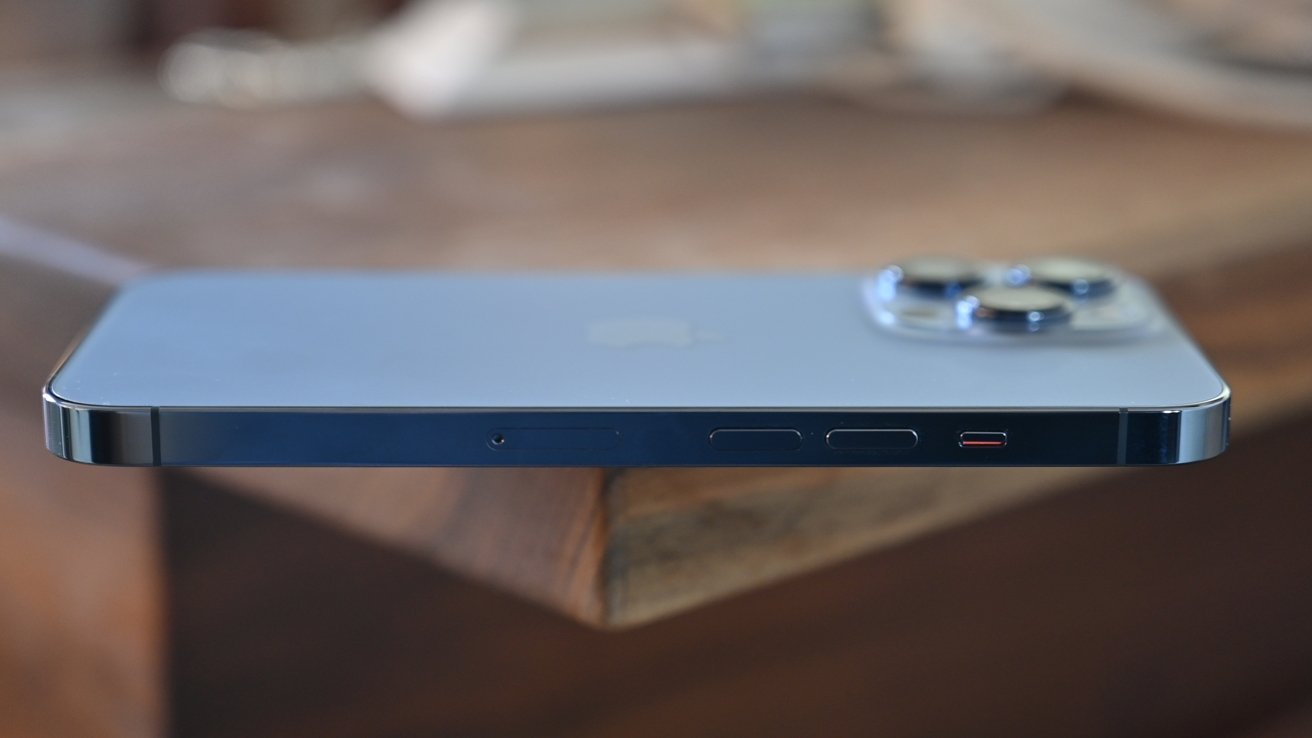
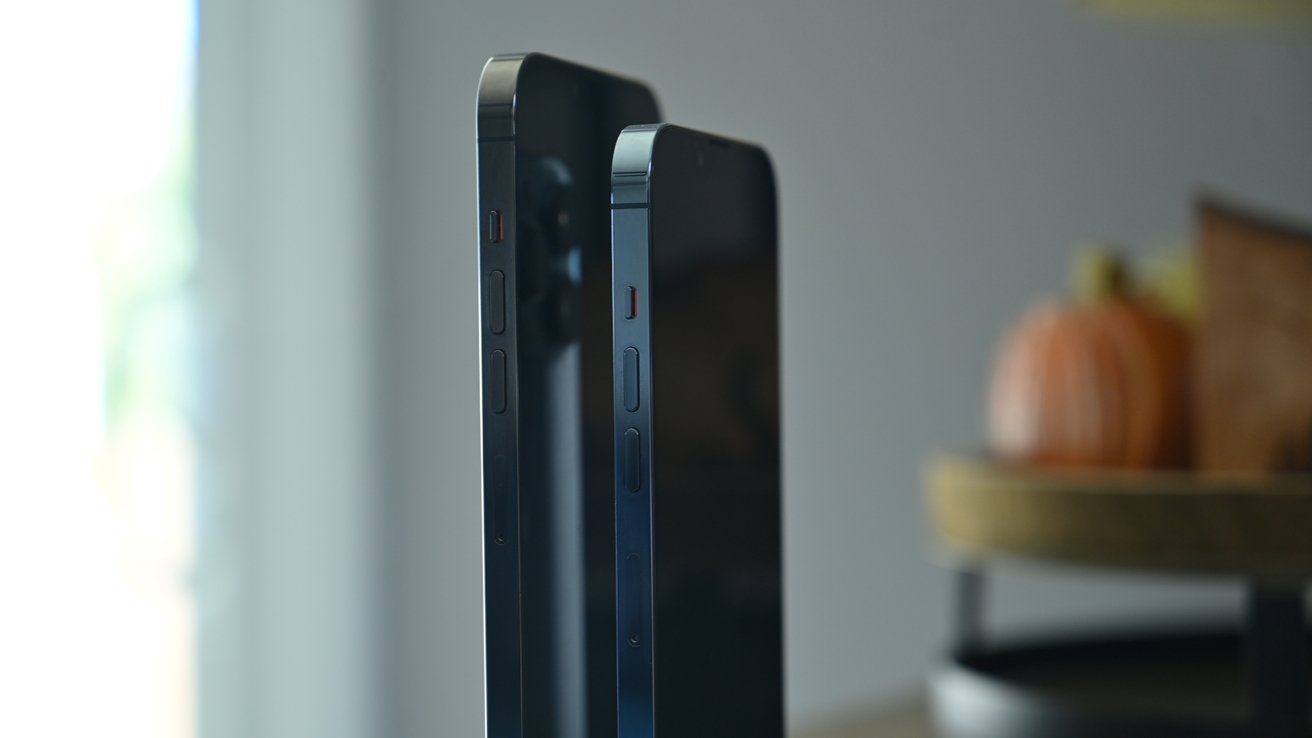
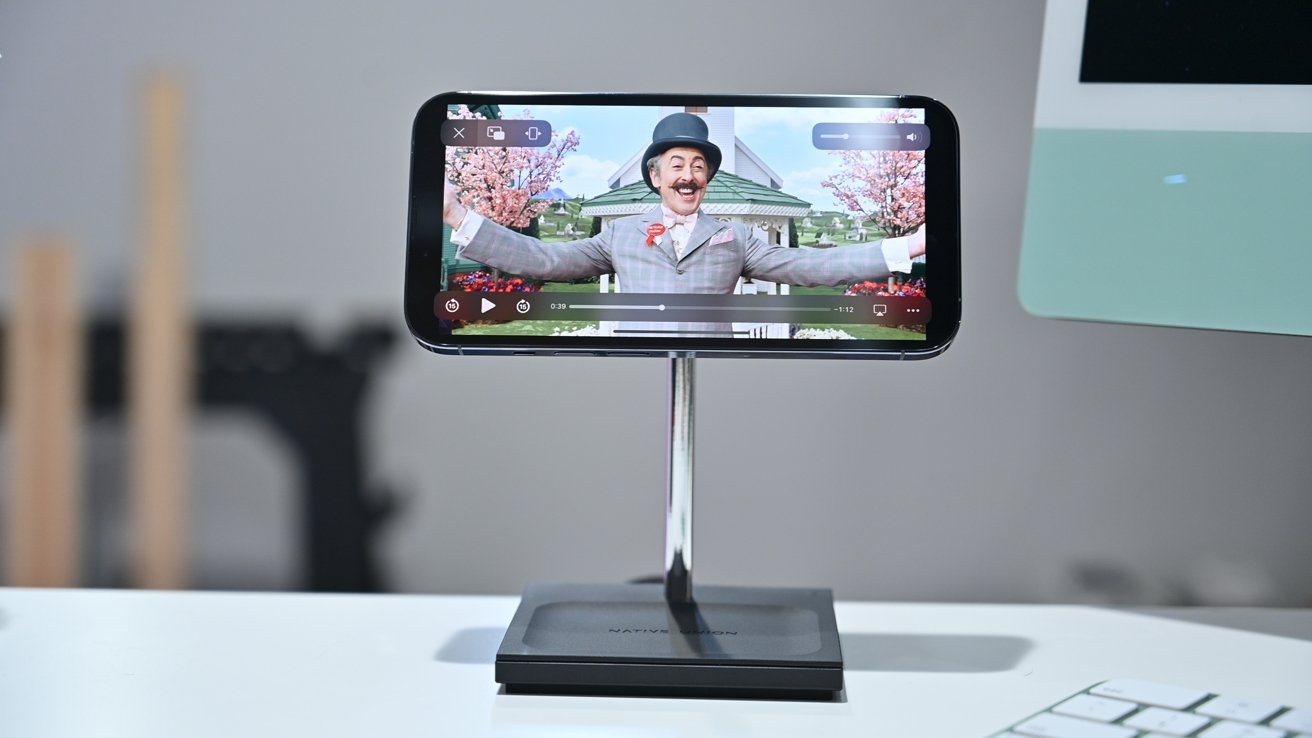
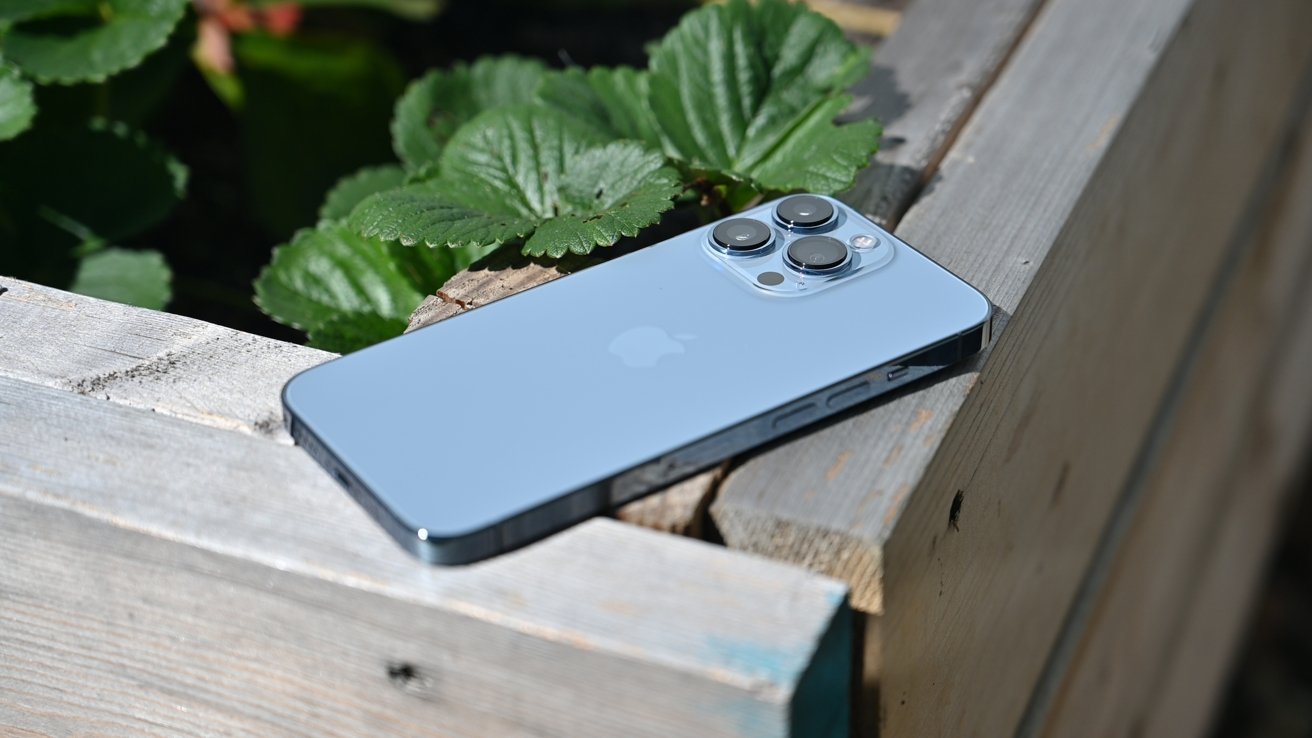
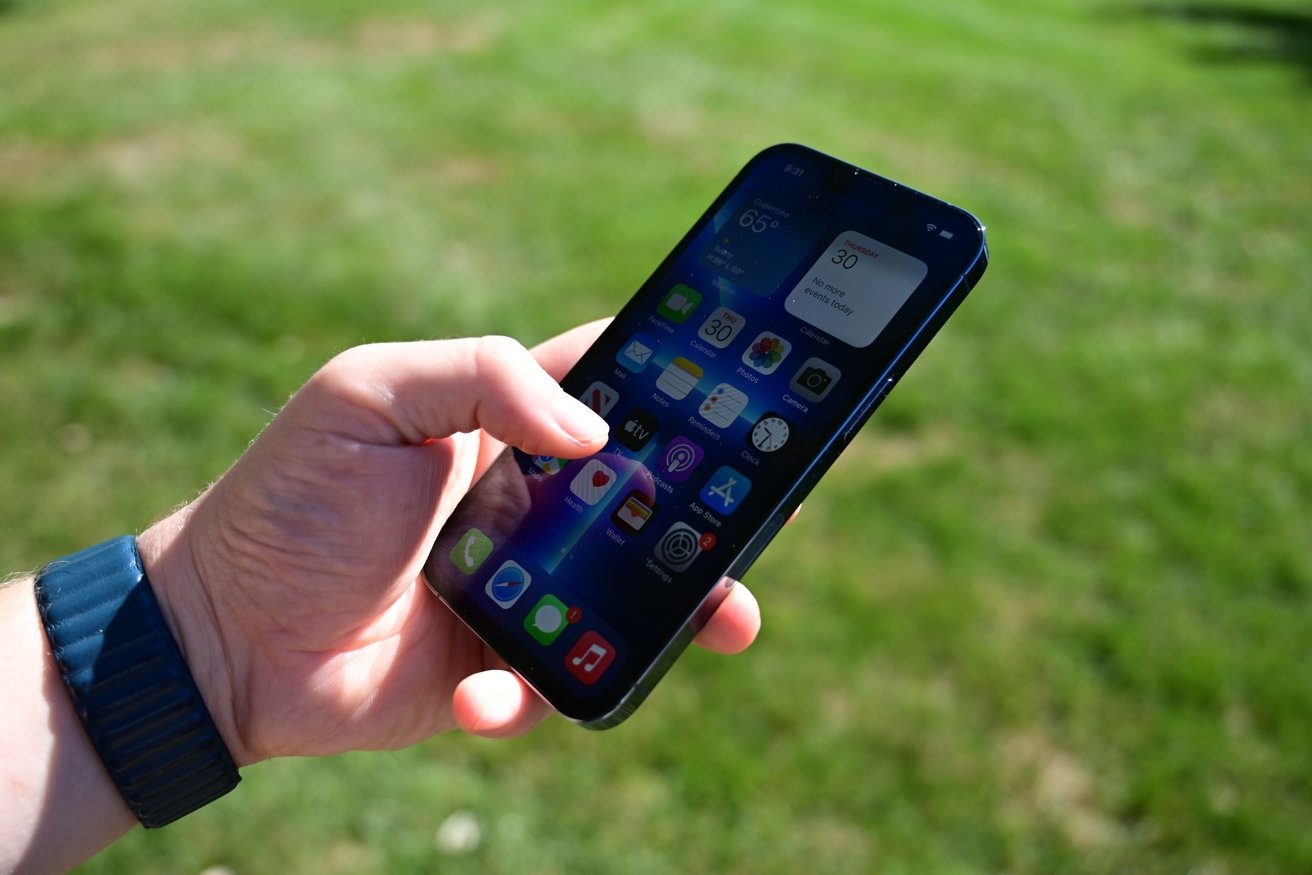
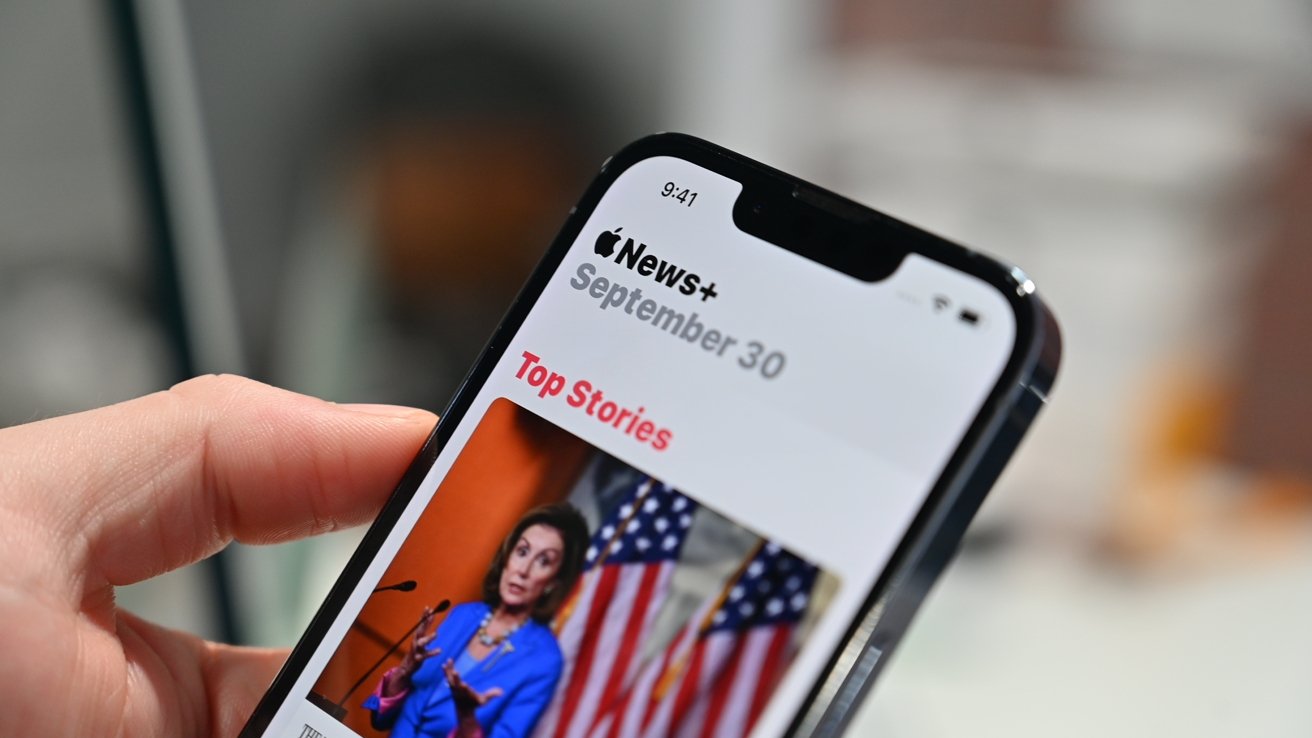
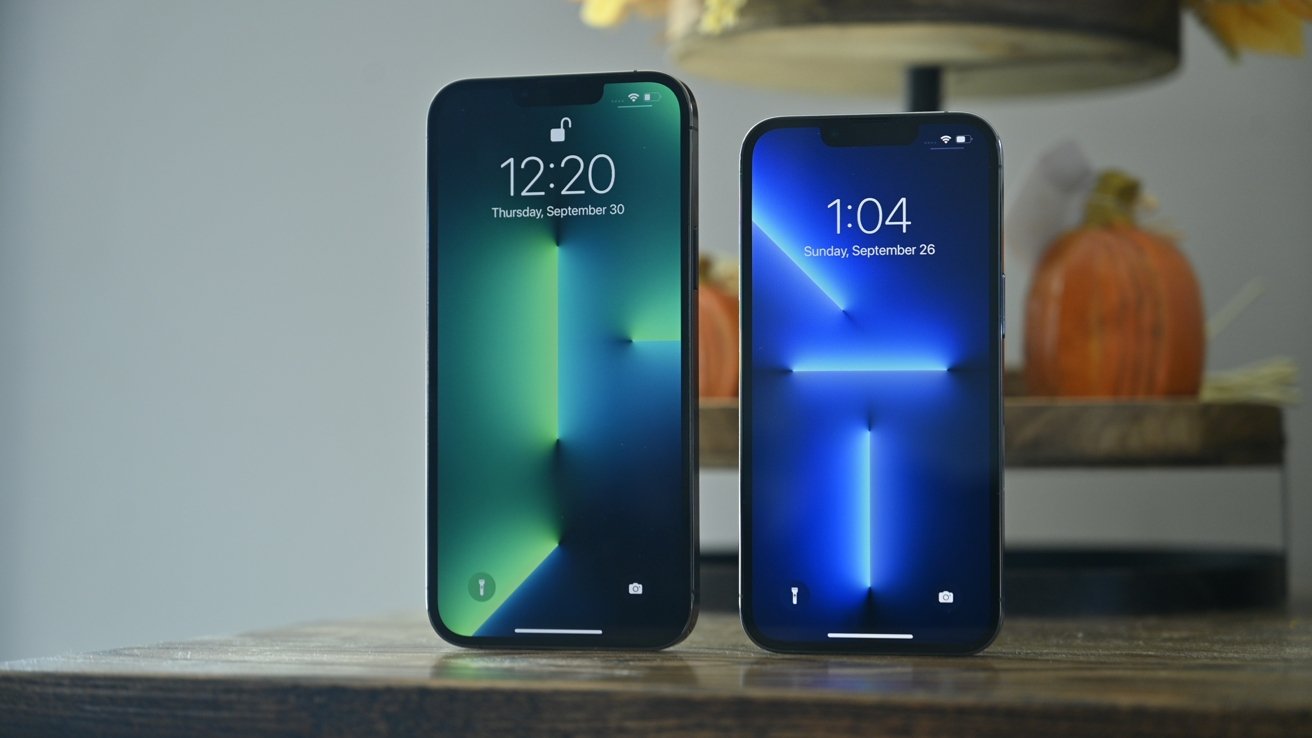
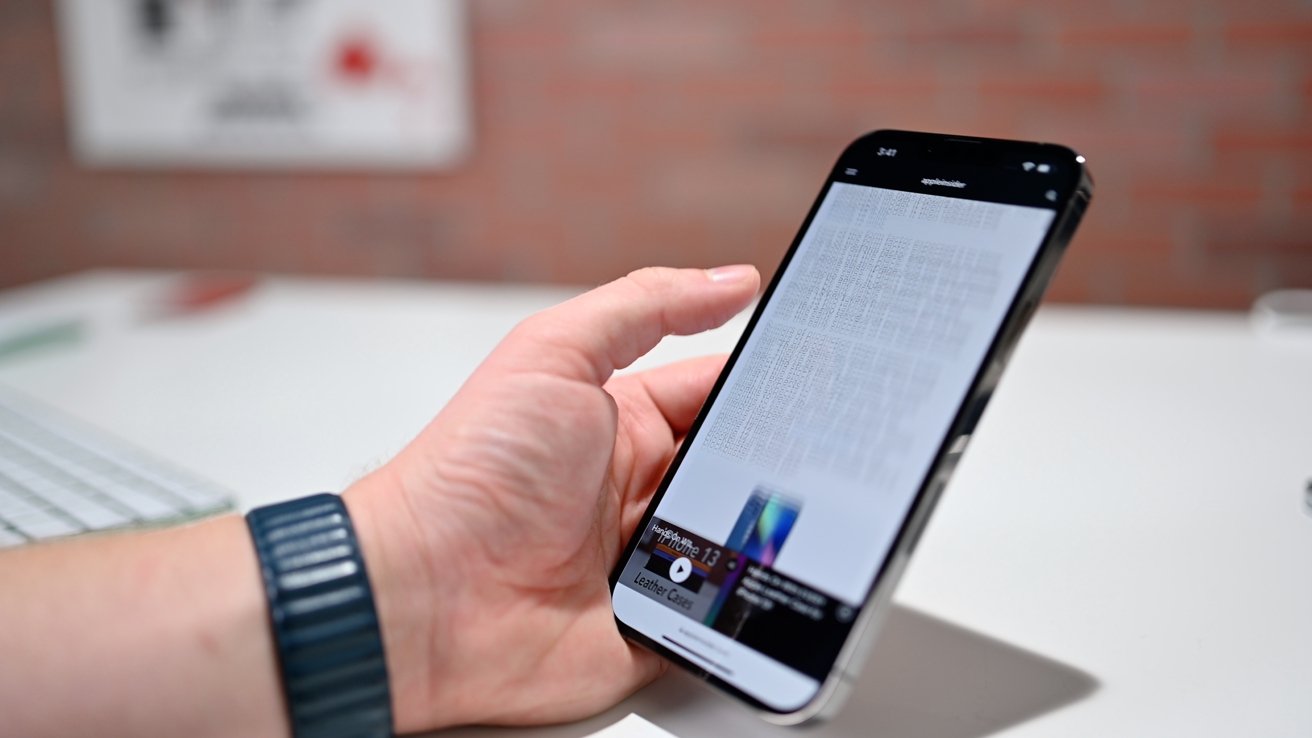
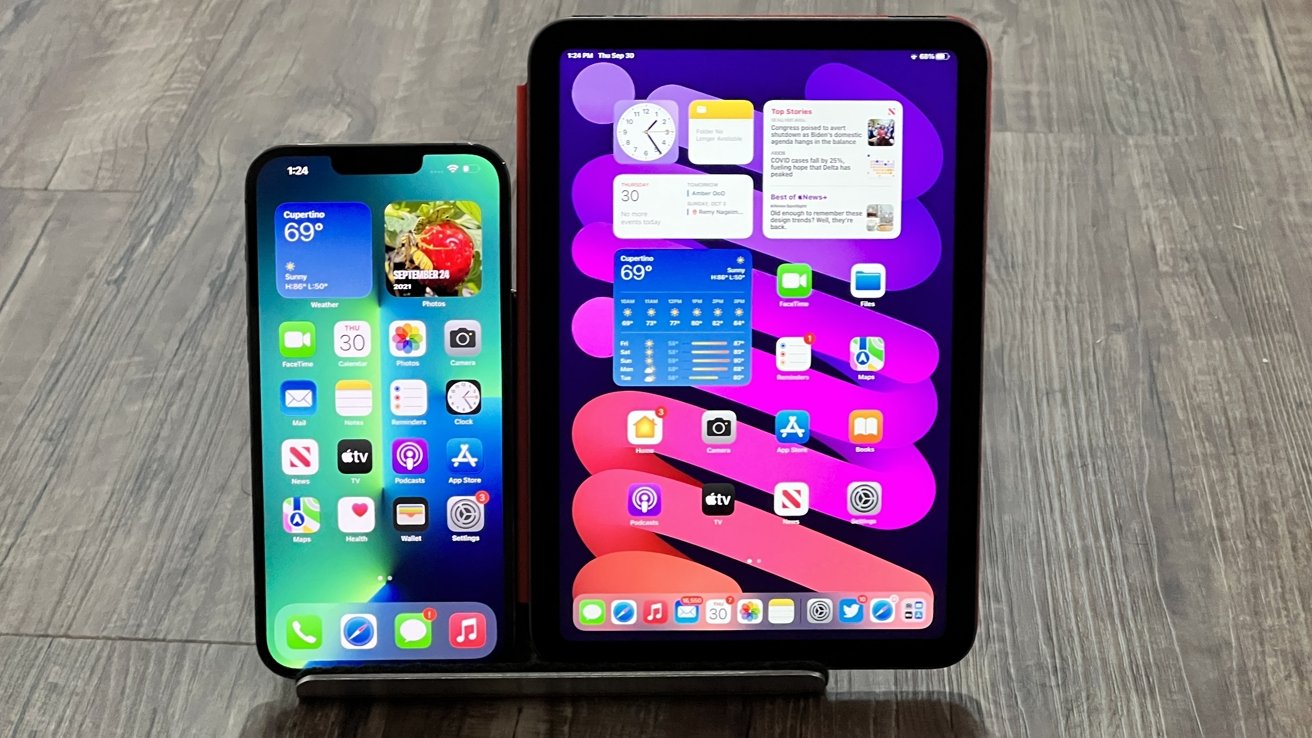
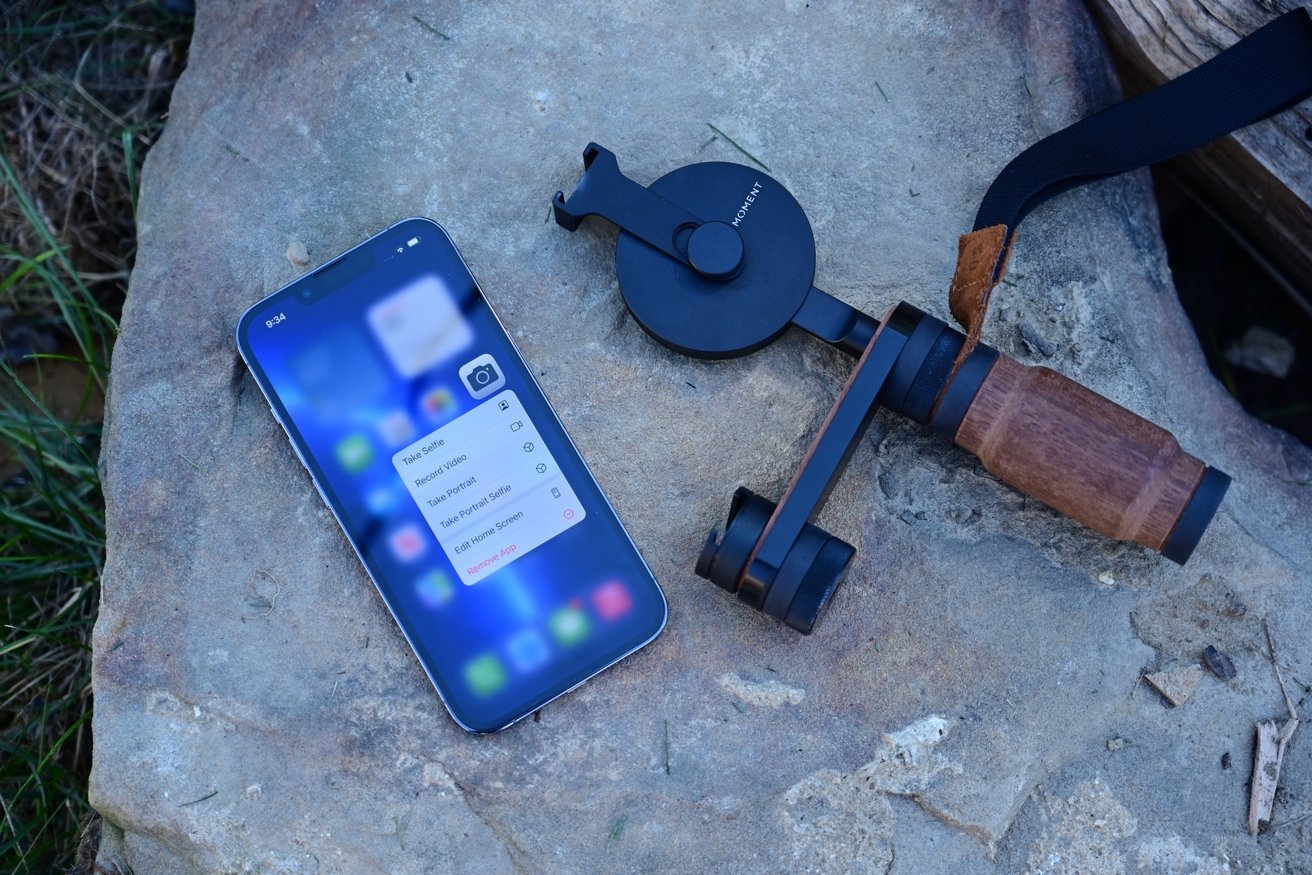
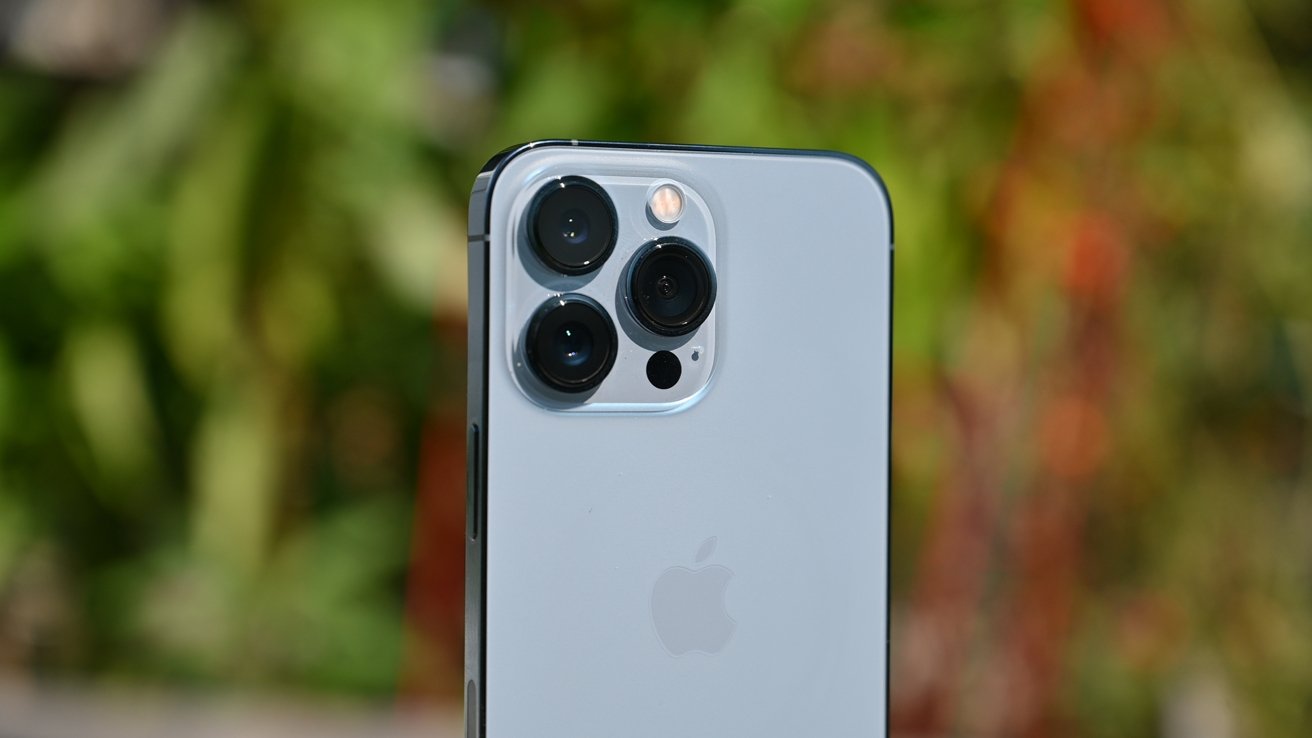
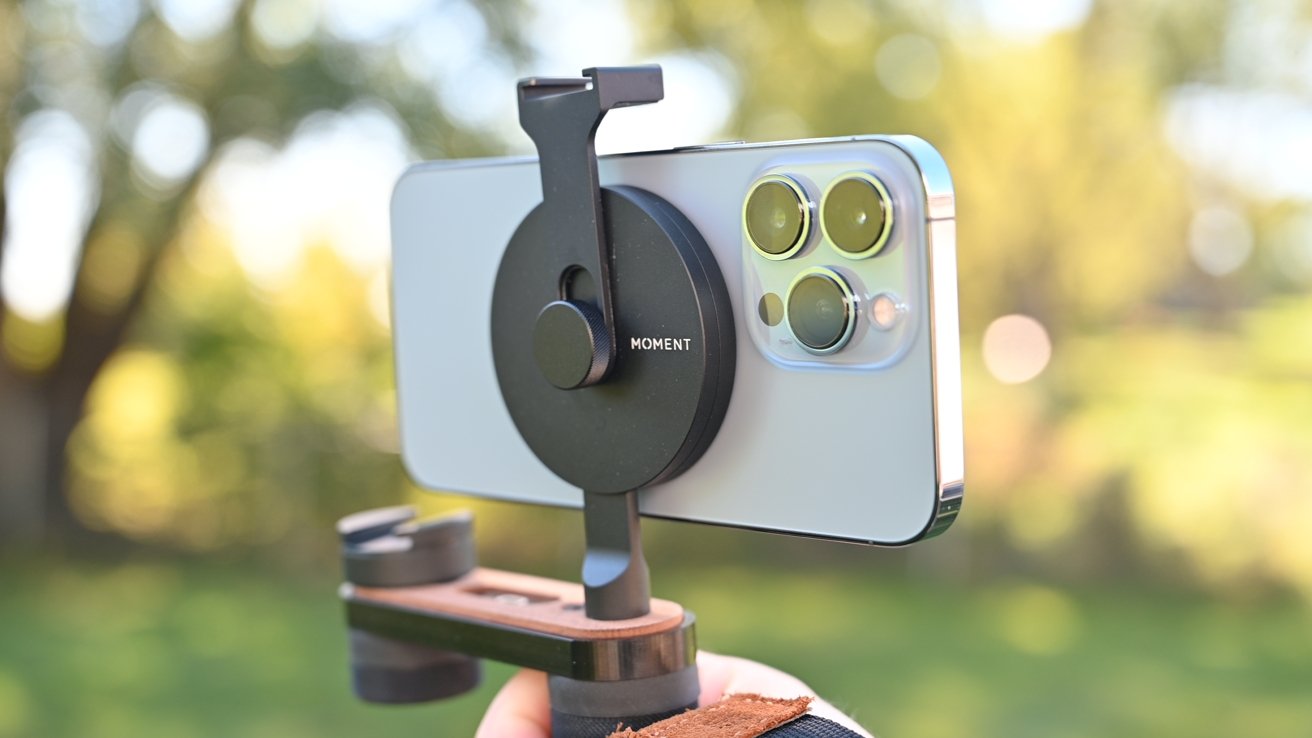


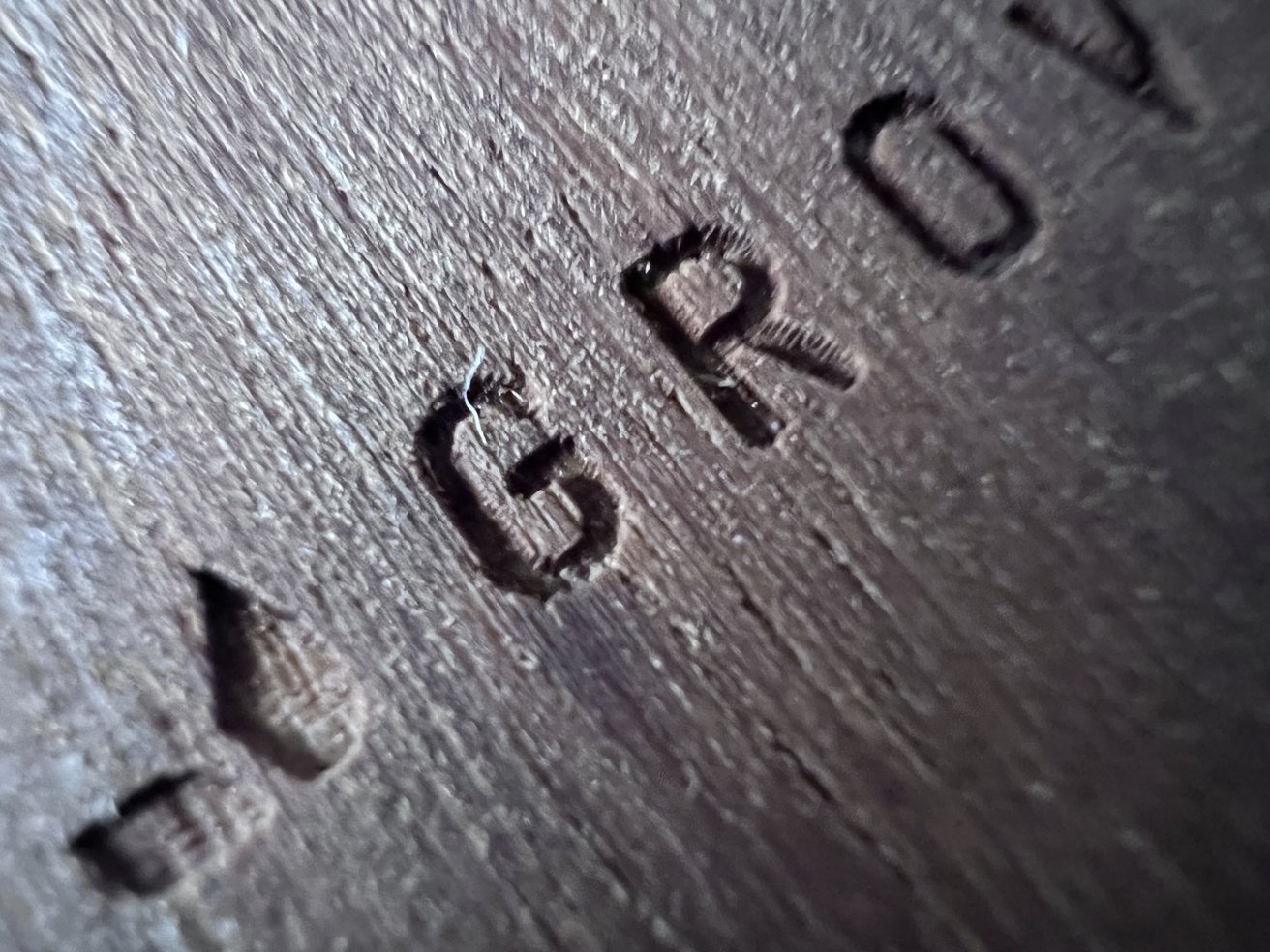

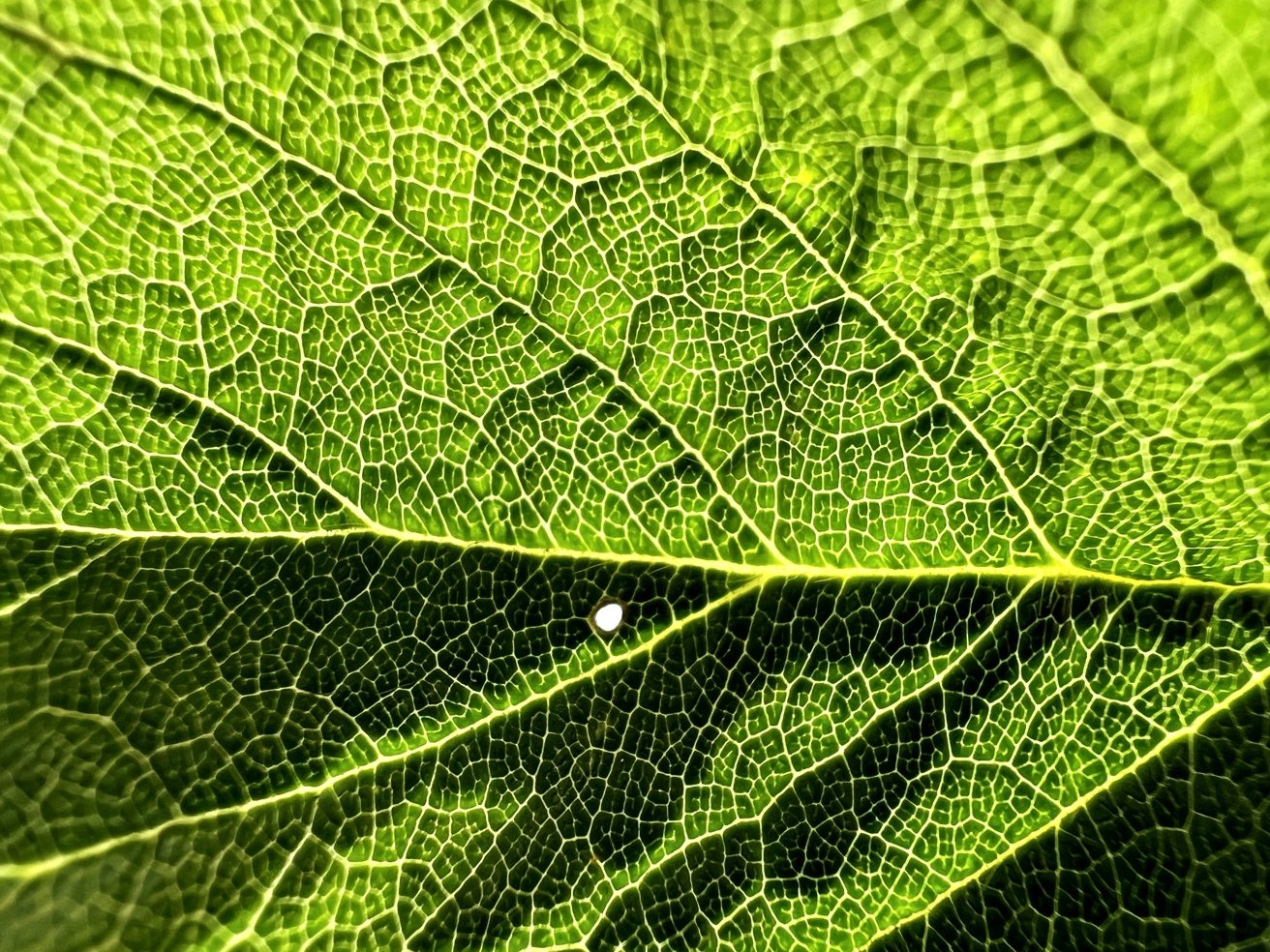


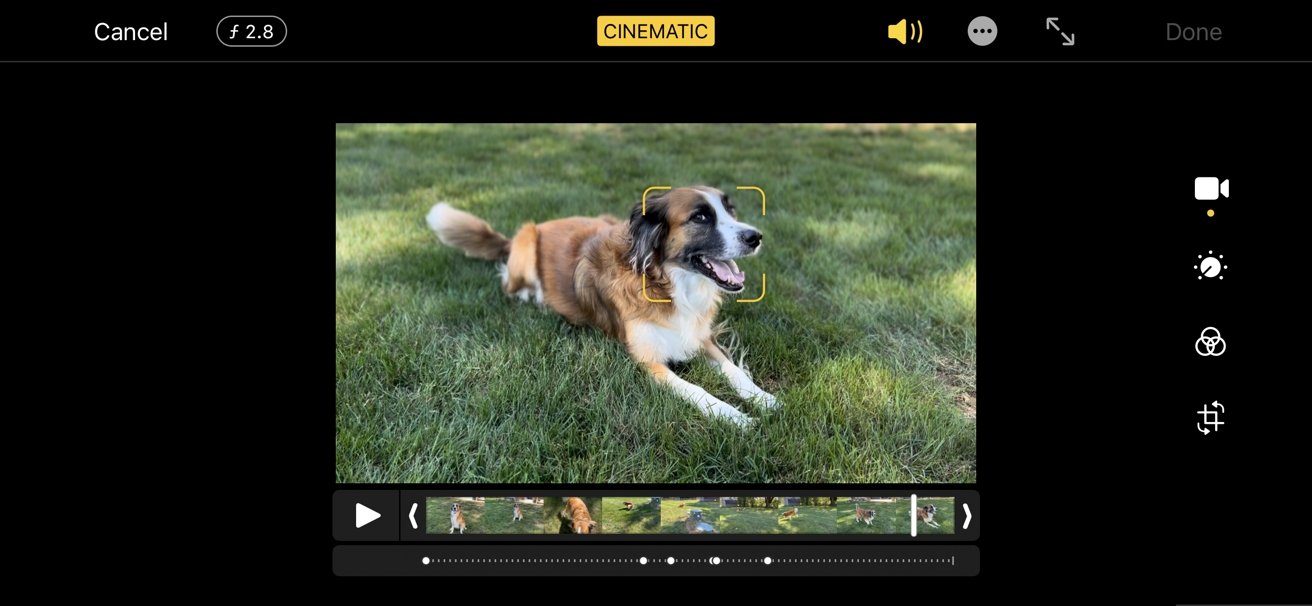
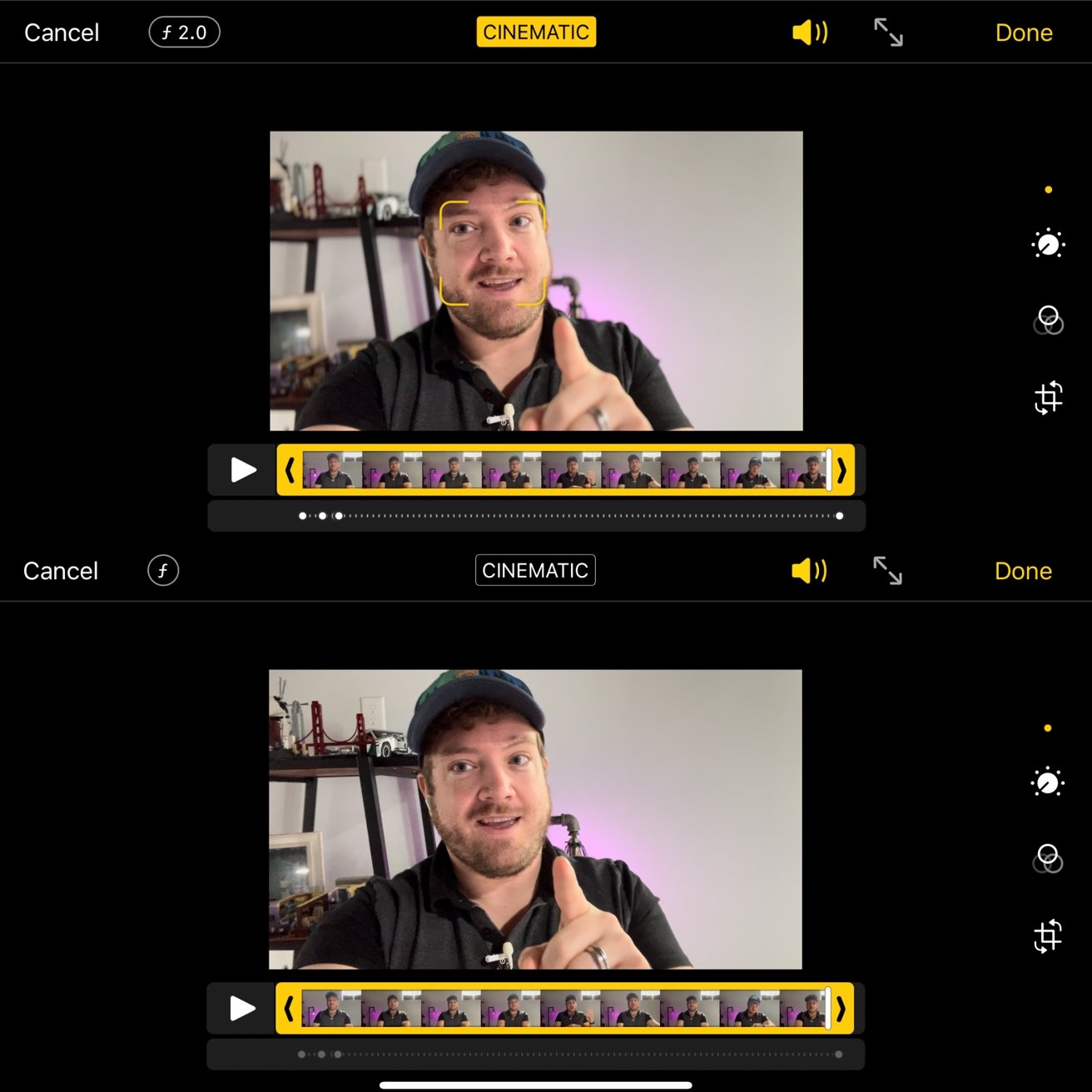
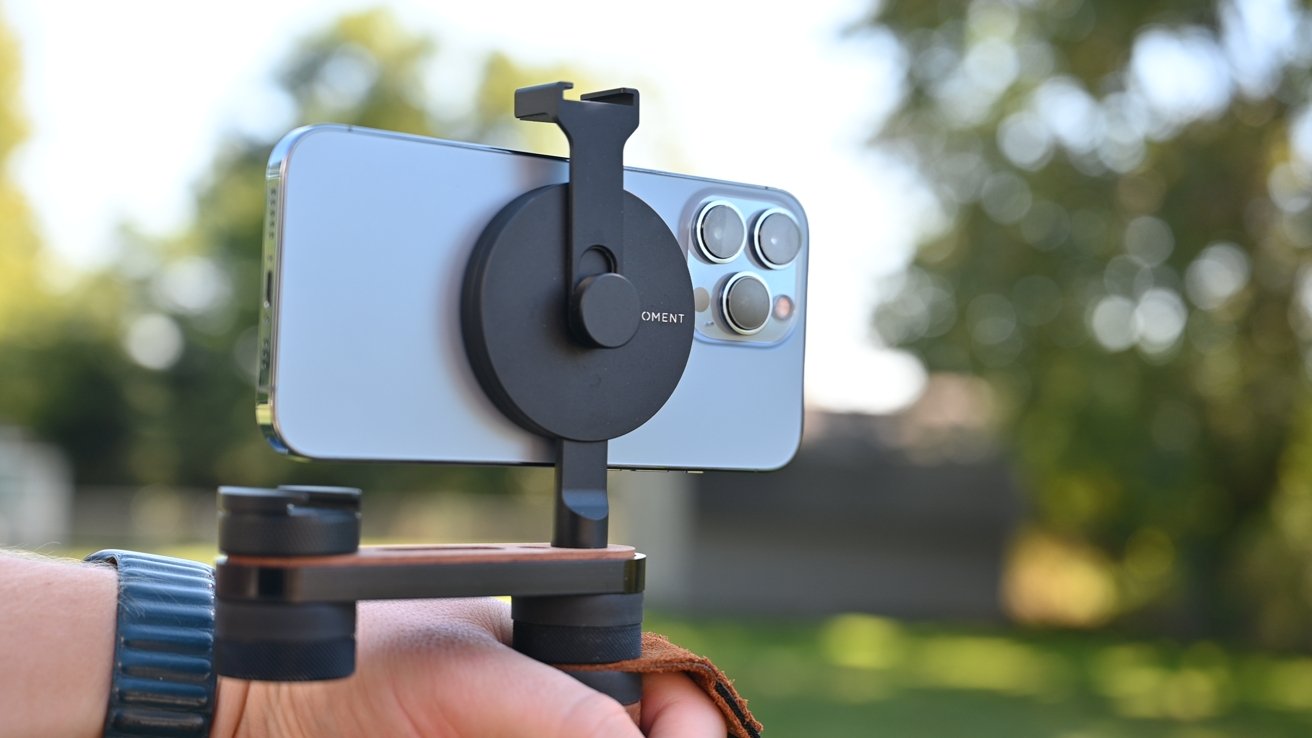
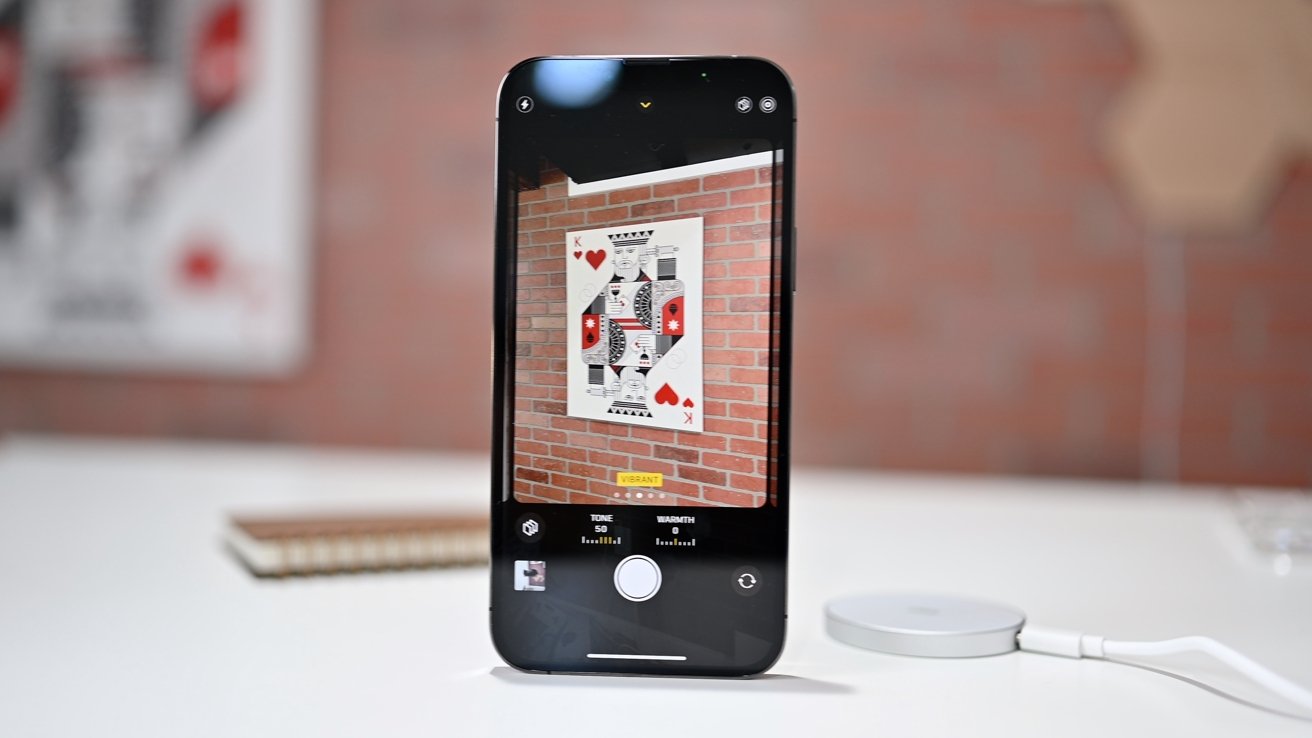
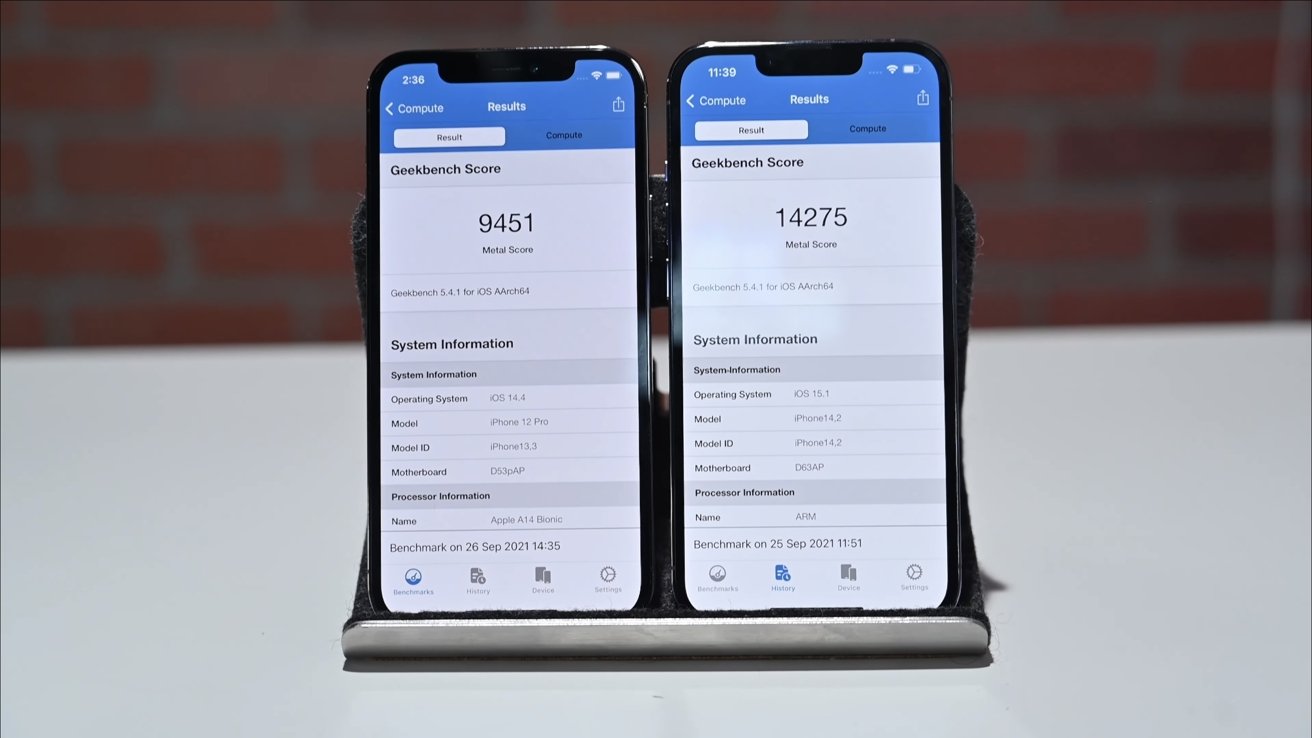
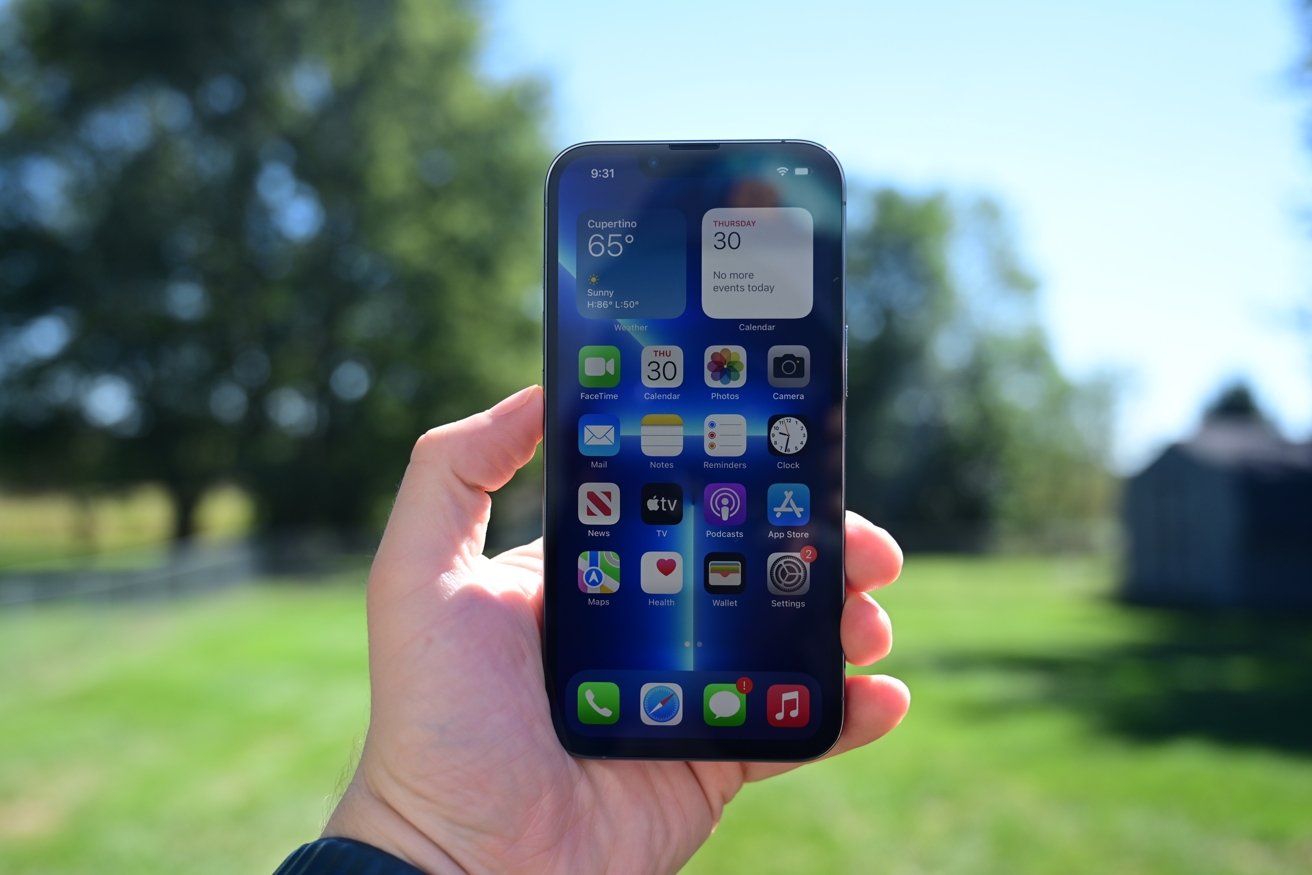
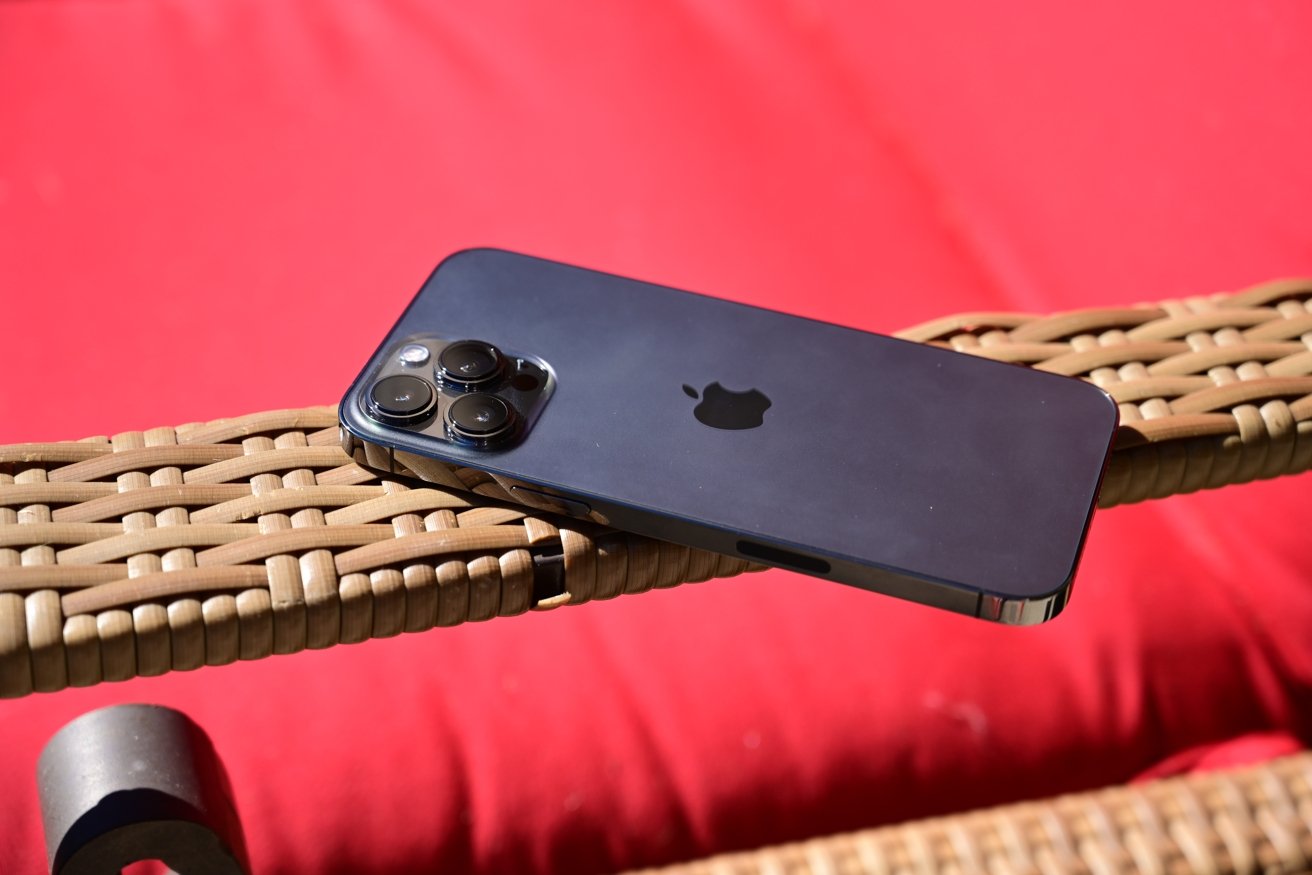
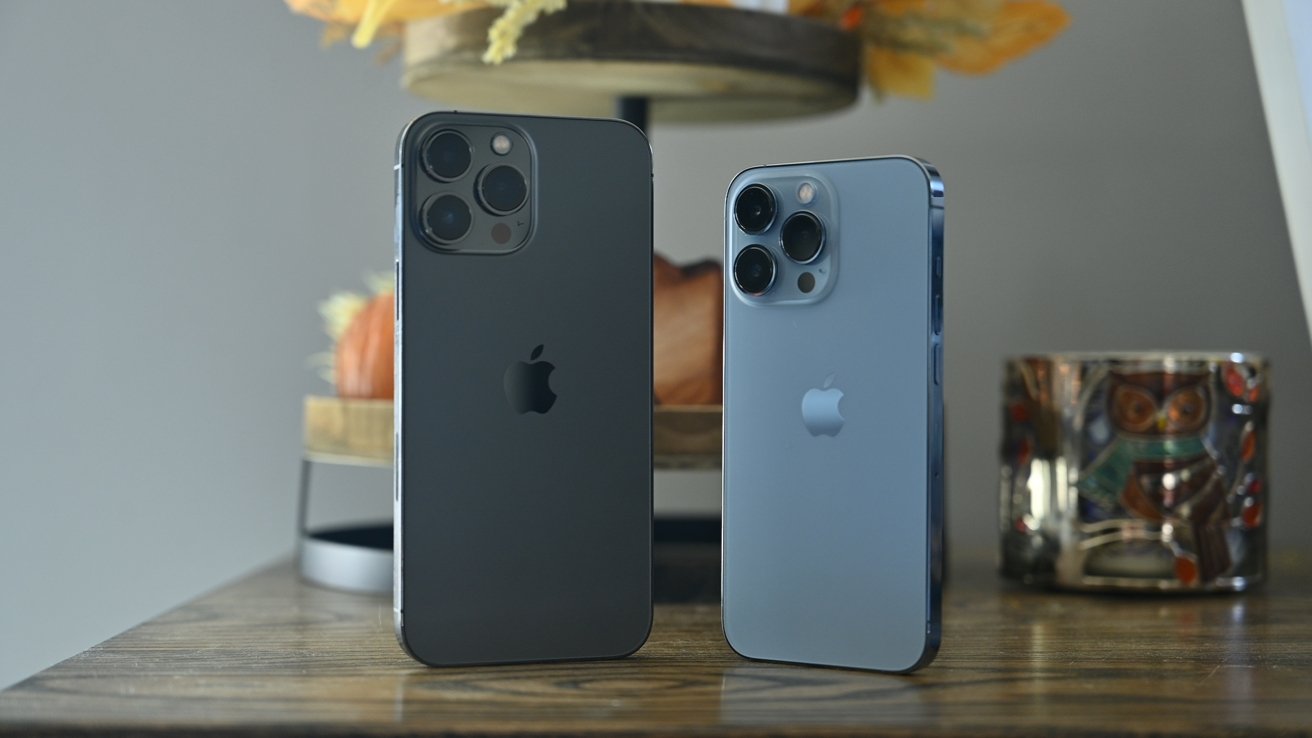
0 Comments